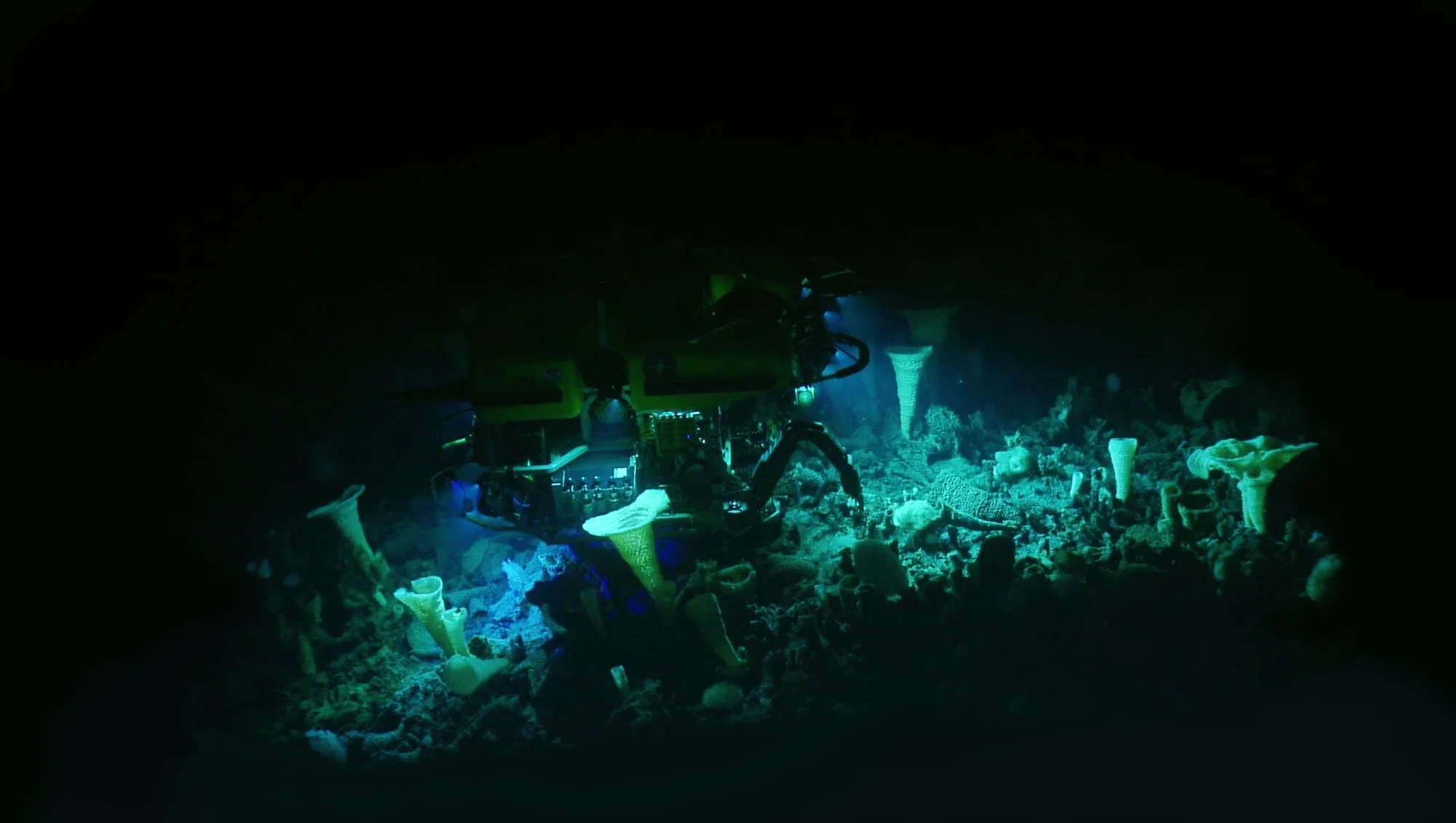Ten years ago, Mike Gibeau, then the carnivore biologist for Banff National Park, identified a problem: collisions between grizzly bears and trains were increasingly prevalent. Between 2000 and 2010, ten grizzly bears there were struck and killed by trains and several more unconfirmed strikes were reported. Learn more about how monitoring these collisions may help.
Read MoreRescinding the 1976 Coal Policy was a turning point in awareness about the threat posed by surface mine operations in Rocky Mountains and foothills. The desire to develop the coal resources of the Rockies dates to the beginnings of colonial settlement in western Canada.
Read MoreHow the Stoney Nakoda First Nations are informing science in the Rocky Mountains, and preserving traditional knowledge in the process. This methodology was needed for a number of projects taking place in Stoney Nakoda Traditional Territory.
Read MoreFor so many of us, in so many ways, the past year has been profoundly challenging. For the Vancouver Island Marmot, a species recovering from the brink of extinction in the remote sub-alpine of its namesake island, every year has been a challenge, and this year has been … basically okay?
Read MoreOne year in (at the time of writing), the pandemic has underscored vulnerabilities and inequities, revealing the dark side of humanity while elevating in others a sense of compassion, selflessness, and hope. The experience is new and rife with paradox. This is the story of the pandemic as experienced by one mountain community: Revelstoke, British Columbia.
Read MoreNames are important. In 2019, a hut built by The Alpine Club of Canada was honoured with an Indigenous name: Hišimy̓awiƛ (Hi-SHIM-ya-wit). It means “Gather Together” in the Barkley Sound dialect of the Yuułuʔiłʔatḥ (Ucluelet) First Nation, one of several Nuu-chah-nulth peoples who have lived on the west coast for millennia.
Read MoreThe editors of the 2021 State of the Mountains Report share their thoughts on how 2021 has reminded us that we are stronger when we face environmental challenges together.
Read MoreThere have been relatively few studies of the plants of the Inuit Nunangat, and little is known about how these plants will perceive and respond to changing environments.
Read MoreThe Cordilleran Mountain System, extending the length of the west margin of the North American continent, consists of numerous separate and distinct mountain ranges, is host to much of the continent’s mineral and energy natural resources, is the source of much of our freshwater the last bastion of all of our sub-arctic glaciers, and constitutes one of the continents last great wilderness regions.
Read MoreLe système de montagne de la Cordillère se compose de plusieurs chaînes de montagnes distinctes qui s'étendent sur la longueur de la marge occidentale du continent nord-américain.
Read MoreAlpine butterflies are easy to love for their exuberant animation across scree slopes and mountain meadows. While most of us only encounter alpine butterflies on sunny, summer days, they are far from being limited by such agreeable conditions.
Read MoreComme il est déjà difficile de prévoir les effets du changement global sur les espèces une à une, prédire l'avenir des interactions entre espèces peut sembler impossible. Toutefois, quelques prédictions à grande échelle peuvent être faites.
Read MoreAll species depend on some interactions (plants on pollinators for reproduction, predators on prey for food, screech owls on woodpeckers for nesting cavities) and are harmed by others. Whenever species adapt, move, or die out, the effects ripple through ecosystems via these interactions.
Read MoreMountains are naturally diverse places, with different animals and plants living in forests and in the alpine, on windward and leeward slopes, in wet and dry meadows. With the latest advances in technology, it has become easier to document this diversity, but the sheer numbers of species to keep track of make this a daunting task. Where to start and how to set priorities?
Read MoreThe retreat of mountain glaciers worldwide is a key indicator of modern climate change, with mass loss from glaciers contributing to sea level rise and to river flows during dry and warm parts of the year. In western Canada, maintenance of low flows by glacier meltwater is essential for maintaining biodiversity, hydro-power generation, agricultural irrigation, and water supply for major cities and small towns.
Read MoreAu large des provinces atlantiques du Canada, se trouvent sous l'océan Atlantique Nord des montagnes tout aussi majestueuses et variées que dans la Cordillère nord-américaine. Elles forment des chaînes de montagnes sous-marines, de concert avec des crêtes et des plateaux plus grands qui s'élèvent de 1 000 à 3 000 mètres au-dessus du grand fond océanique, et constituent des sites importants de biodiversité marine.
Read MoreOffshore from Canada’s Atlantic Provinces, in the North Atlantic Ocean (Figure 1), are mountains every bit as majestic and varied as those of the Western Cordillera. They form chains of seamounts, together with larger ridges and plateaus rising one to three thousand metres above the deep ocean floor.
Read MoreWe lose sunlight quickly. Thirty meters down is already pitch black. The area illuminated by the beams of our lights seems modest for our mission. Imagine mapping the Rocky Mountains at night by flashlight. What we do is similar, but, for the full effect, imagine an unexplored Banff is hidden below three kilometres of water.
Read MoreModern mountaineers can view mountains and routes in broad daylight, but cave exploration remains a journey into unknown territory. The underground is hidden, and even finding a cave can be a challenge. Searching for new cave systems may require as much effort as exploring them.
Read MoreThe Canadian Mountain Network (CMN) strongly advocates for bringing Indigenous knowledge and Western science together in research partnerships to inform and enhance decision-making. This pan-Canadian research network supports the resilience and health of Canada’s mountain peoples and places.
Read More




















